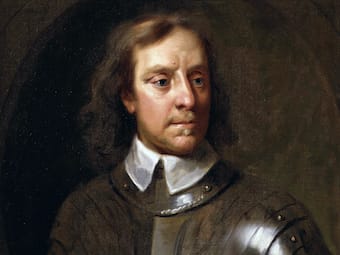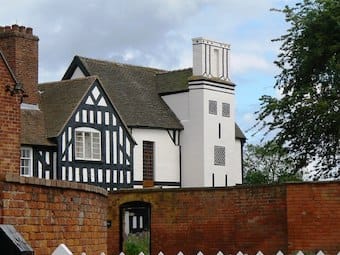After the execution of King Charles I in 1649, England was declared a republic, and through his masterly though savage consolidation of Parliament’s vistory in the civil war, Oliver Cromwell emerged as its leading figure. Finding Parliament obstructive, he used the army to reconstitute a more biddable Commons, and in 1653 they declared the Protectorate of Oliver Cromwell, granting him supreme power throughout Britain.
Although Oliver Cromwell refused the English Crown, he ruled and lived like a monarch, summoning or dismissing Parliament as he wished. His death in 1658 left a power vacuum that the army would not allow his son Richard to fill, but the deadlock was broken when, defying his fellow generals, George Monck secured the restoration of Charles II in 1660.
120 words



